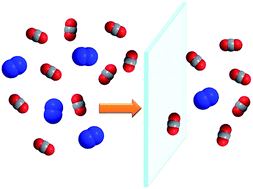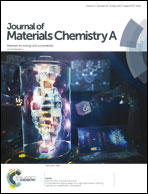Recent progress on submicron gas-selective polymeric membranes
Abstract
Polymeric membranes have been applied in industrial gas separations for decades. Competing technologies, such as cryogenic distillation and sorption processes, require the gases to be either condensed or thermally regenerated from the sorbents. In contrast, membrane gas separation does not involve phase transition, representing the potential for a more energy efficient and eco-friendly separation process. However, the overall energy consumption by membrane gas separation is highly dependent on the quality of the membrane employed for the separation process. With the goal of reducing the energy input needed for creating the transmembrane pressure difference, numerous bulk polymers have been investigated. However, less effort has been devoted to processing polymers into ultrathin membranes and investigating their gas permeation properties, which can be quite different from their bulk counterparts. This review summarizes recent advances in fabricating ultrathin gas-selective polymeric membranes. Several classes of ultrathin polymeric membranes are highlighted: microporous polymers, facilitated transport polymeric membranes, Langmuir–Blodgett (LB) films and Layer-by-Layer (LbL) deposited polyelectrolyte multilayers (PEMs), polyamides and other commercial polymers. The application of gas-selective polymeric membranes beyond gas separation is also included as a meaningful extension to this review.

- This article is part of the themed collection: Recent Review Articles


 Please wait while we load your content...
Please wait while we load your content...